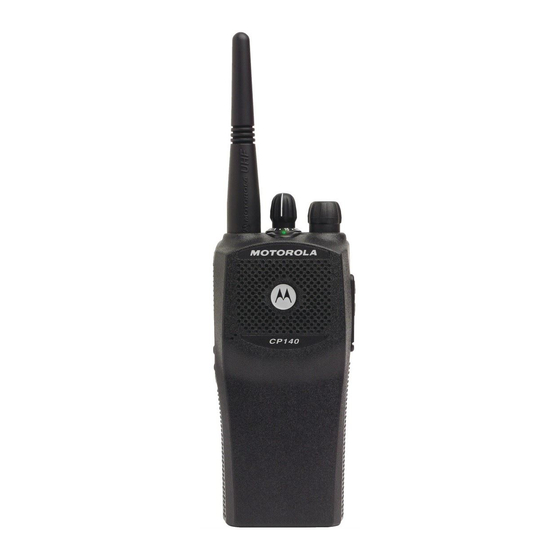2-2
Always use a fresh supply of alcohol and a clean container to prevent contamination by
NOTE
dissolved material (from previous usage).
3.0
Safe Handling of CMOS and LDMOS
Complementary metal-oxide semiconductor (CMOS) devices are used in this family of radios.
CMOS characteristics make them susceptible to damage by electrostatic or high voltage
charges. Damage can be latent, resulting in failures occurring weeks or months later. Therefore,
special precautions must be taken to prevent device damage during disassembly,
troubleshooting, and repair.
Handling precautions are mandatory for CMOS circuits and are especially important in low
humidity conditions. DO NOT attempt to disassemble the radio without first referring to the CMOS
CAUTION paragraph in the Disassembly and Reassembly section of the manual.
4.0
General Repair Procedures and Techniques
IC Pre-Baking
No pre-baking of components is required in the repair of this product.
Parts Replacement and Substitution
When damaged parts are replaced, identical parts should be used. If the identical replacement
component is not locally available, check the parts list for the proper Motorola part number and
order the component from the nearest Motorola Communications parts center listed in the "Piece
Parts" section of this manual.
Rigid Circuit Boards
The family of radios uses bonded, multi-layer, printed circuit boards. Since the inner layers are
not accessible, some special considerations are required when soldering and unsoldering
components. The through-plated holes may interconnect multiple layers of the printed circuit.
Therefore, care should be exercised to avoid pulling the plated circuit out of the hole.
When soldering near the 18-pin and 40-pin connectors:
avoid accidentally getting solder in the connector.
be careful not to form solder bridges between the connector pins
closely examine your work for shorts due to solder bridges.
MAINTENANCE

